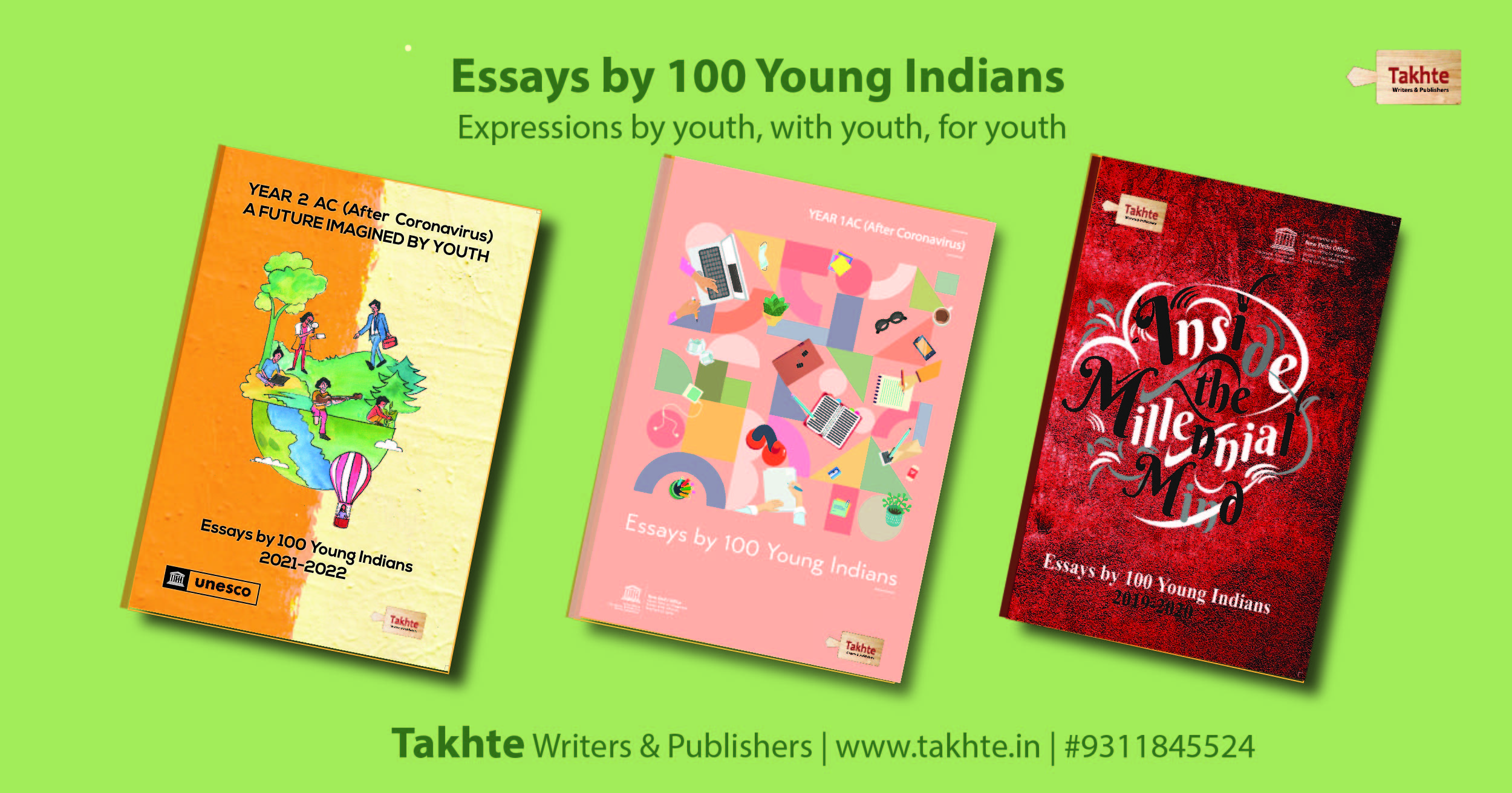Did You Know
Alexandria Ocasio-Cortez – A Beacon of Hope and Strength
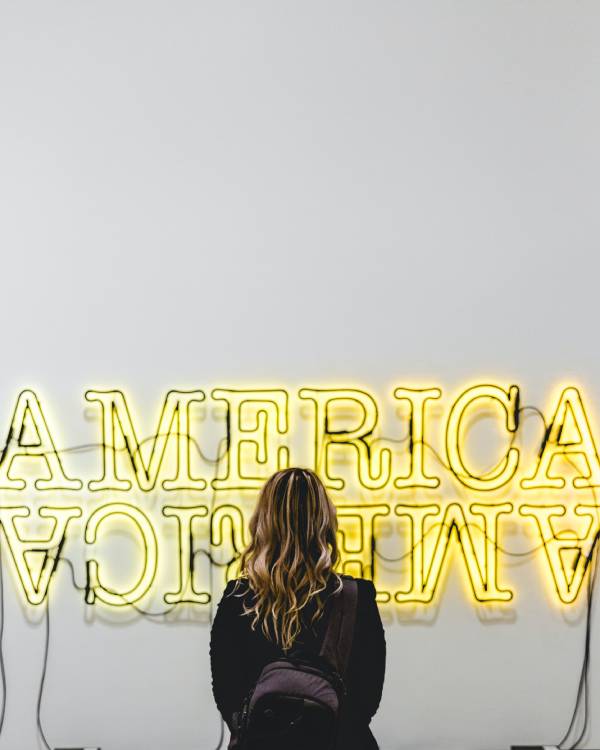
Aditi Singh Kaushik
Vasanta College for Women, Varanasi, Uttar Pradesh
A shocked and surprised Alexandria Ocasio- Cortez rushed into a watch party to witness the 2018 primary election results. Her eyes were glued to the television screen. She could not believe she defeated one of the strongest Democratic Challenger, Joe Crowley, by almost 15 percentage points. She could not believe she won. “There is nothing radical about moral clarity” was what she said to a reporter from Spectrum News as a bunch of people around her cheered and celebrated her win.
This particular scene from the 2019 American Documentary Knock Down The House is embedded in my mind. The documentary, which focused on the primary campaigns of 4 progressive democrats – Alexandria Ocasio Cortez, Amy Vilela, Cori Bush, and Paula Jean Swearengin, also shows how Alexandria Ocasio- Cortez (AOC) won the primary and went on to win the district election as well.
She became the youngest woman ever elected to Congress.
AOC regards herself as a democratic socialist and has time to time, spoken firmly about major issues concerning the American working class and the youth. “For me, Democratic Socialism is about, really, the value for me is that I believe in a modern, moral, and wealthy society. No person in America should be too poor to live,” she says.
One of the plans she has raised and continues to sponsor is the Green New Deal. By supporting policies like a single-payer Medicare for all anda federal job guarantee, she has garnered the respect and attention of countless working-class people who look up to her as someone who represents their interests and concerns articulately, someone who is in touch with the ground realities and the problems working-class people and their families face in their daily lives.
In crucial times like these where many world leaders simply discard the existence of climate change and its implications, some of them who call global warming a ‘hoax’, AOC has time to time, been in the forefront to raise her voice against climate change and its implications on the USA and the world as a whole.
In 2019, she gave a powerful speech at a committee hearing in response to Republicans’ push-back on her Climate Change Policy.
“This is not an elitist issue. This is a quality of life issue. You want to tell people that their desire for clean water and clean air is elitist?” “This should not be a partisan issue,” she asserted as she continued her speech at the committee hearing.
By representing the interests and concerns of common people, AOC has positively become a role model for many people, especially for young girls and women who, just like her, want to bring a change in their country and the world.
AOC, as the U.S Representative for New York’s 14th Congressional District, is also someone with whom some of us can relate to. Many women can relate to her because of the common link we share in the form of the number of hurdles, sexism, and misogyny we face as women in our day-to-day lives. Right from the inception of her political campaign, she has been open about her struggles and hardships, which she faced when she worked as a bartender, to the hardships she continues to face as a Congresswoman. In a recent Q/A round on Instagram, when someone tried to shame her and asked if she is ready to bartend again when she loses her seat on November 3rd, AOC had a substantial response. One of her lines in her reply said, “I am not a classist who believes that a person’s job is reflective of their human worth.” This is just one of the several instances where AOC gave a bold reply to comments like these.
In yet another recent instance, Alexandria Ocasio Cortez was on the receiving end of some foul remarks given by a Republican Party Representative Ted Yoho. Yoho on the stairs of Capitol Hill made some awful remarks on her. Those remarks are reflective of what most women have to face in their daily lives. AOC did not back down. She did not simply accept his apology but gave a powerful statement, a statement that became a symbol of hope and power for every woman who looks up to her. AOC said, “Having a daughter does not make a man decent. Having a wife does not make a decent man. Treating people with dignity and respect makes a decent man. […] I am someone’s daughter, too. My father, thankfully, is not alive to see how Mr. Yoho treated his daughter. My mother got to see Mr. Yoho’s disrespect on the floor of this House towards me on television. And I am here because I have to show my parents that I am their daughter and that they did not raise me to accept abuse from men.”
Her voice cracked as she said the last line. Nevertheless, she said. Many women, including me, could relate to her at that moment because most of us have been there. We have been in situations where people tried to silence us, trying to break our spirit. Alexandria Ocasio Cortez became an inspiration and showed what it is like to stand firm in the face of sexism and misogyny.
She continues to be a face of strength, power, and courage more than ever.

Did You Know
Remembering the Calligrapher who hand wrote The Constitution of India on The Republic Day 2022

Duiena Rai
“Constitution is not a mere lawyers document, it is a vehicle of life, and its spirit is always the spirit of the age.” – Dr B.R Ambedkar
26 January, a day etched in the history of India. The day commemorates our Constitution’s adoption and India being declared a republic. Indian Constitution is one of the lengthiest constitutions ever made in the world. It took almost three years to draft it. The most seasoned and intellectual minds shouldered the responsibility of preparing the Indian Constitution. This well-structured, concise document was handwritten by Prem Behari Narain Raizada, an Indian Calligrapher.
The man who penned the Constitution of India singlehandedly hand wrote the whole Constitution, 395 articles, eight schedules and the preamble within around six months. It is said that more than 400 nibs were used, and the original manuscript weighed more than 3 kg. The whole calligraphy was done in one of the rooms in the Constitution Hall, today known as the Constitution Club. Indeed, Raizada had a significant role in the history of India’s Constitution. When Jawaharlal Nehru had asked Prem Behari Narain Raizada the remuneration, he would take for this prestigious job. He had told him not a single penny but had a request, “But I have one reservation—that on every page of Constitution I will write my name and on the last page I will write my name along with my grandfather’s name.”
This request of Raizada was wholeheartedly accepted and honoured. The man who penned the Constitution and his grandfather who taught him the art of calligraphy left their indelible marks on the pages of the revered Constitution of our nation and the history of our motherland.
Did You Know
Fashion Industry: A stitch in time will save more than nine
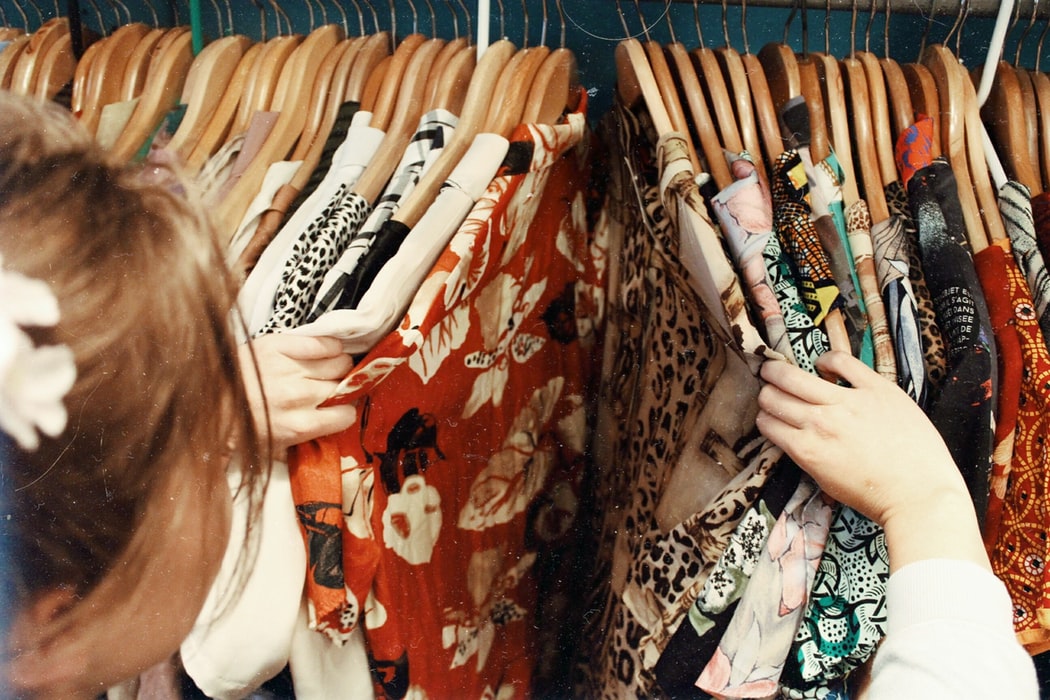
Apurav Anurag, National Institute of Fashion Technology, Patna
“There is no beauty in the finest cloth if it makes hunger and unhappiness.”
– Mahatma Gandhi
While Mahatma Gandhi had said these words in the context of the imperialist forces then, but his words are much relevant even today in the fashion industry. Since the beginning of civilization, there are three basic needs that a human possesses – food, clothing, and shelter. With the current world population of 7.8 billion (as of January 2021), the fashion industry is bound to be huge, as it fulfils the second basic need. With the present market value of nearly $758 billion, it is growing at a compound annual growth rate (CAGR) of 7.5% since 2014.
But the unchecked growth coupled with inefficient policies, the fashion industry has thrown both ecological as well as socio-economic challenges.
Ecological Challenges
The fashion industry is a voracious consumer of water. It takes 7500 litres of water to make a single pair of jeans, equal to the amount of water an average person drinks over seven years.
The fashion industry is considered the second-largest industrial polluter. It accounts for 10% of global carbon emissions. According to World Economic Forum (WEF), the total of these emissions is greater than the international flights and maritime shipping emissions combined! Researchers have found that 5 lakh tons of microfibers are released into the ocean each year while washing clothes.
As per NITI Aayog, nearly 600 million people in India are facing high to extreme water stress. Ironically, India is the largest virtual exporter of water and the largest cotton producer (a water-intensive crop).
The fashion industry has also maximized the possibilities of zoonotic diseases (a disease that passes from an animal to a human). More than 40 million animals are killed every year for fur and skin in a gruesome way. The helpless animals go through the horrors like separation from their offspring, living in overcrowding cages, castration, tail cutting, injection of illicit drugs, dehorning etc. It also raises ethical questions.
Socio-Economic Challenges
Roughly 60 years ago, the Aral Sea was the fourth-largest lake in the world. Today, its eastern basin has been completely dried up. Many experts believe that it was primarily caused due to the setup of extensive irrigation networks in the 1960s to cultivate cotton to feed the textile industries.
In 2018, 22 colonels and 5000 troops were deployed to check the pollution in the Citarum River in Indonesia, which is vital for 25 million people. The textile factories that lie along the banks of the river were held responsible for it.
The “Noyyal” is a sacred river in Tamil culture. Today, it is known to be a dead river. The primary cause is attributed to the Tirupur’s textile industry located along the river and discharges the wastewater into it.
Rise of Fast Fashion: Amplification of Problem
Fast Fashion is one of the most dominant business models in the fashion industry. Consumers are offered constantly changing collections at attractive prices. The shopping malls and e-commerce websites frequently provide discounts on bulk shopping, giving rise to Compulsive buying behaviour (CBB) among the consumers. This is the reason why clothing production has doubled since 2000. Today roughly 150 billion garments are produced annually, which is enough to provide 20 new garments to every person each year. Indeed, we buy more than we wear.
Do we care?
Article 21 of the Indian constitution mentions “Protection of life and personal liberty”. Through various judgements, the supreme court of India has widened the scope of article 21 and held that “Right to a clean environment” is implicit under Article 21.
Although the fashion industry is the second-largest polluter, it is grossly undermined by the policymakers, people, and mainstream media. We also lack a cohesive voice of the climate activists and intellectuals on this issue. As a result, we mostly see the culprits of the environment in automobile exhaust, factories, construction, mining, stubble burning etc.
It is paramount to reduce the water and carbon footprints of the fashion industry. There is also a need to develop a robust mechanism to tackle the waste generated from the fashion industry. For instance, as per World Economic Forum (WEF), one garbage truck full of clothes is burned or dumped in a landfill every second.
We should bring the fashion industry under the ambit of EPR (Extended Producer Responsibility) rule, which currently covers electronic and plastic waste. India should also increase its research and development expenditure (% of GDP) which is declining since 2008.
We must realize that the price tag of our clothing has a substantial intangible environmental cost. Our future is at stake, and the time for action is now.
-

 Uncategorized3 years ago
Uncategorized3 years agoOnline Elocution Contest
-

 Poems4 years ago
Poems4 years agoPoems
-
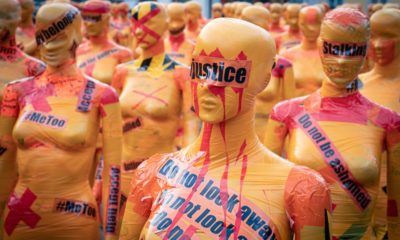
 Legal Talks4 years ago
Legal Talks4 years agoCUSTODIAL RAPE IN LIGHT OF THE MATHURA GANG RAPE CASE
-
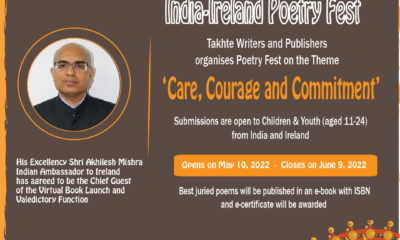
 Poems3 years ago
Poems3 years agoIndia-Ireland Poetry Fest
-

 Legal Talks4 years ago
Legal Talks4 years agoCompliances Relating to the Commercialization of Electronic Devices
-

 Art & Culture4 years ago
Art & Culture4 years agoThe Lore of the Days of Yore: Significance of History
-

 Legal Talks4 years ago
Legal Talks4 years agoPrivacy Laws & Consent while using Image of Random People Clicked on Street for Facial Recognition
-
Short-story4 years ago
Bibek’s visit at his friend’s bungalow













